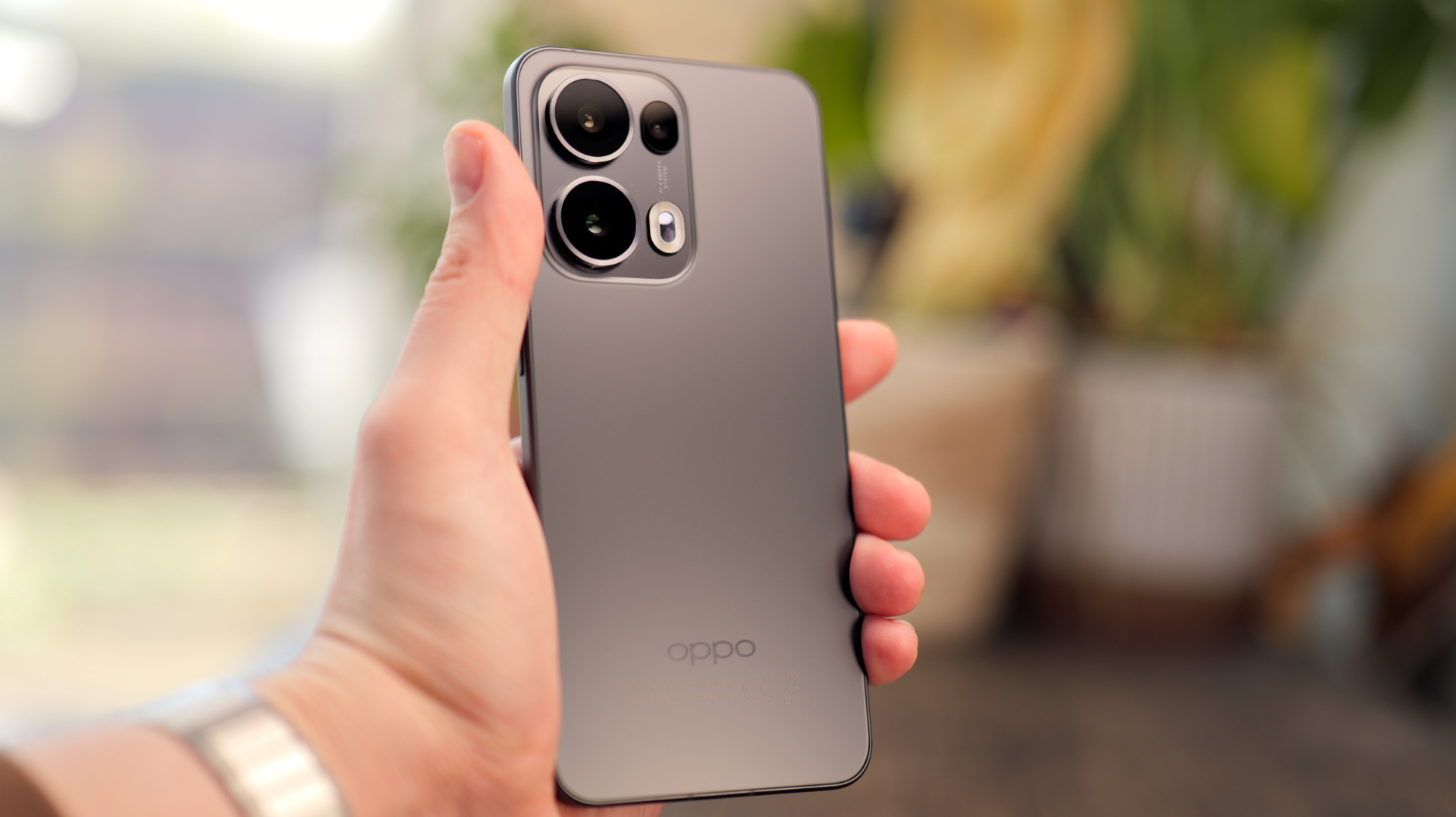
Last year, the Oppo Reno 12 Pro stood out as an affordable mid-ranger with flagship AI features that are normally only found on pricey flagships like the Galaxy S25 Ultra. I was very impressed with the experience it offered, with a price tag of just £499 / €549.
This year, though, things are a bit different. The Reno 13 Pro retails for £649 in the UK, a significant increase on its predecessor. For the extra money, you get a faster processor, a more premium build with an aluminium frame, a much bigger battery and, crucially, some substantial camera upgrades.
The question is, does the Reno 13 Pro do enough to justify the price hike? And how does it fare against similarly priced competition like the new Poco F7 Ultra, or iPhone 16e? I've been living with it for the past week to find out.
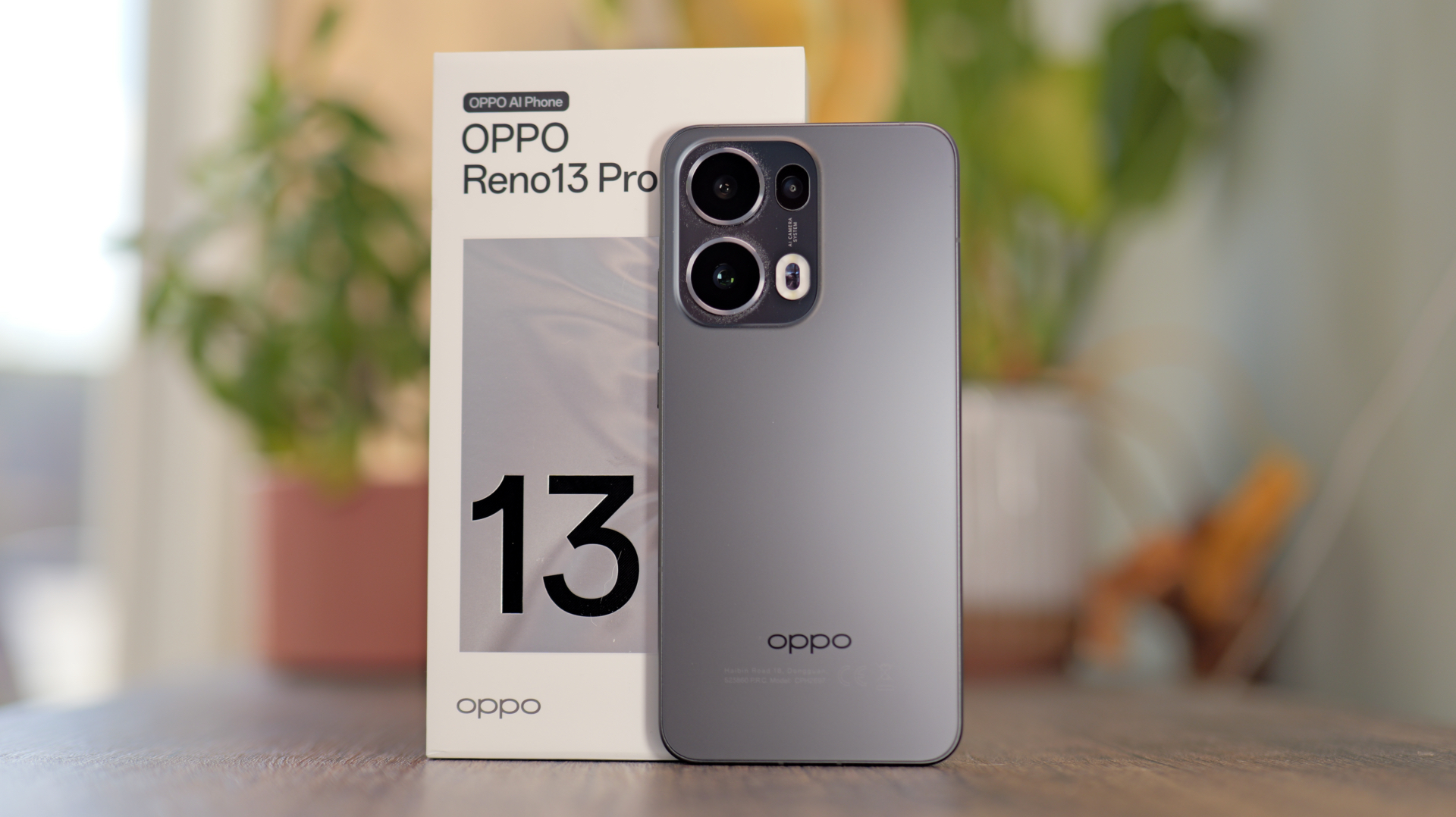
Oppo Reno 13 Pro: Specifications
Oppo Reno 13 Pro: Price
As mentioned, the £649 price tag means that the Reno 13 Pro is around £150 more expensive than its predecessor, and that's a tough pill to swallow with a mid-range device like this one. That said, it's worth noting that the phone comes with a generous 12GB of RAM and 512GB of storage, and if you factor in those capacities, it starts to look much more competitive.
For example, the 512GB iPhone 16e goes for £899, despite having worse specifications in almost every department. Meanwhile, the Poco F7 Ultra starts at the same price, but you only get half the storage, and you'll need to shell out another £50 to match it.
As it's a new release, we haven't seen many discounts on the Reno 13 Pro, but you can currently claim a free Oppo Watch X2 if you order through Oppo's UK site. It's also available on contract through EE, and that'll still net you the Watch X2, which normally retails for £329 on its own.
Oppo Reno 13 Pro: Design & Handling
The Oppo Reno 12 Pro was a bit of a looker, available with a very Y2K-looking silver and purple finish with shiny ripples that looked like liquid metal. Despite the looks, though, it felt pretty cheap, mainly due to the plastic frame.
This time around, it's almost the opposite approach. The phone feels extremely premium, crafted entirely from aluminium and glass like a flagship phone. The Graphite Grey model that I have for testing is about as anonymous as they come, but it does look very professional. Meanwhile, the Plume Purple adds a little more personality to the device, but it's still more subdued than last year's aesthetic.

The phone still has quad-micro curves on its display, wherein the glass is mostly flat but has smooth symmetrical curves on all sides, mainly affecting the bezel. It matches most Chinese flagships from the last year, and I'm a fan of the look and feel.
Usually, quad curved phones have a matching curvature on their rear panel, but that's not the case here. The back glass is completely flat, which feels a little disjointed to me. At the very least, you can always tell which way up the phone is without needing to look.

More than just a confidence inspiring look and feel, Oppo has increased the durability. The Reno 13 Pro is IP69 rated, which means as well as being dust and water tight, it can withstand blasts from jets of hot water up to 80 degrees Celsius. That's not something I subject my phones to, but it's safe to say this phone is well sealed against the elements.
Oddly, though, the screen is now covered with Gorilla Glass 7i, rather than Gorilla Glass Victus 2. Which could be seen as a downgrade. It's hard to figure out which one is actually tougher without destroying some phones, but Gorilla Glass 7i is exclusively used on mid-range devices, whereas Victus 2 has been used on flagships, so it's not likely to last as well in the long term.
For now, at least, my sample is looking spotless, despite being used without a case or screen protector for the last week. Time will tell if it stays that way.
The display is plenty bright enough for my needs, able to reach 1200 nits at peak brightness. I never had trouble seeing it, despite the British sunshine making a rare appearance. Colours look accurate and vivid, and HDR content looks fantastic on this screen, too. If you like to calibrate your display, there are also plenty of options for tweaking in the settings menu, but I didn't feel the need.
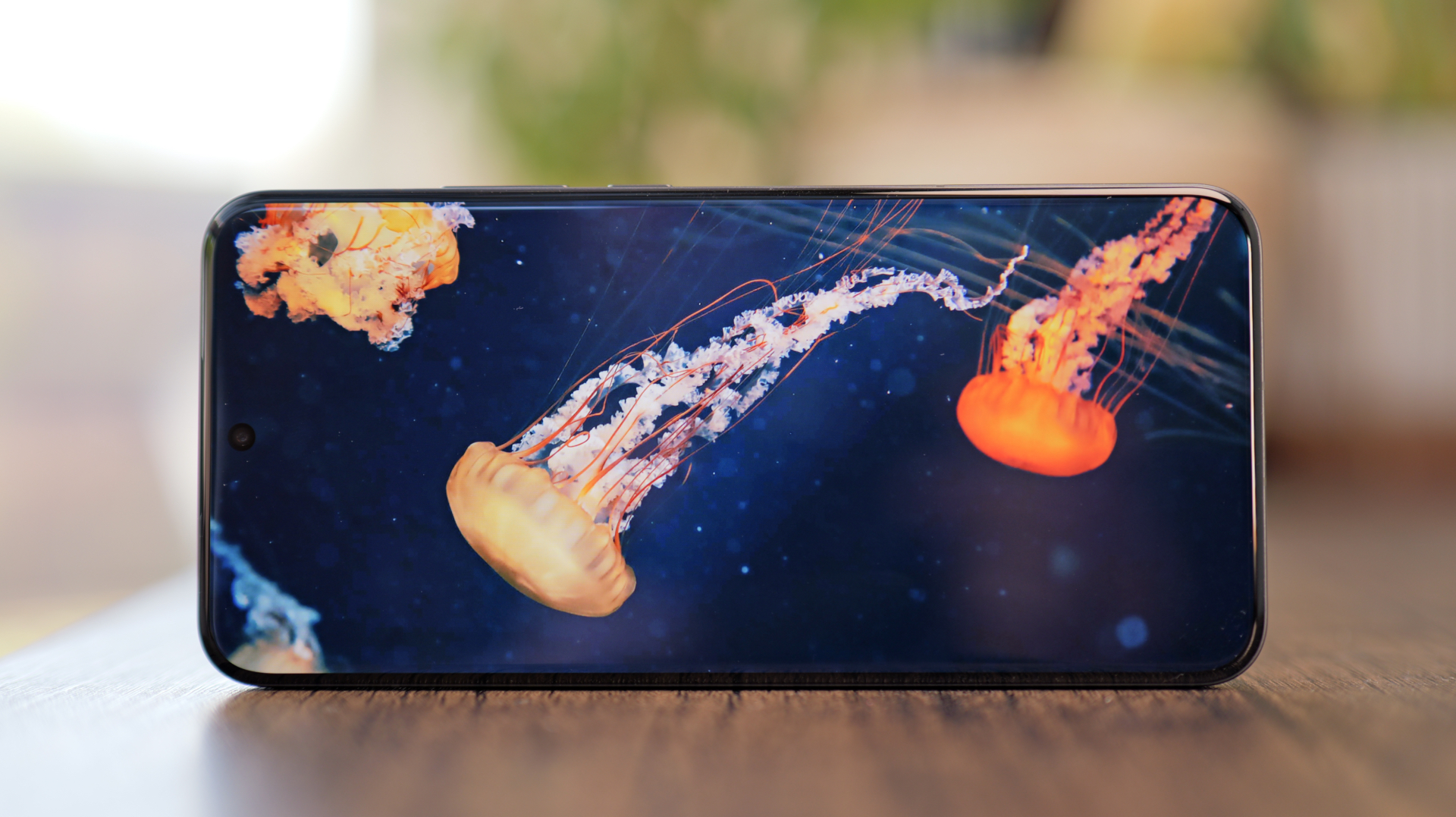
Oppo Reno 13 Pro: Camera Performance
The Oppo Reno 13 Pro has three cameras on its rear, a 50MP 24mm equivalent main camera with a 1/1.56-inch sensor, a 50MP 85mm equivalent telephoto and an 8MP 15mm equivalent ultrawide.
As is usually the case, the main camera delivers the best results, while the ultrawide is the least impressive. The 8MP unit does, at least, have autofocus, which makes it more useful than some of its competitors, but the quality is a noticeable step down from the other lenses.
The telephoto camera delivers very good results in the daylight, but it can't quite keep pace with the main camera. Oppo hasn't revealed the sensor size of this particular camera, but presumably, it's on the small side, as the quality is a lot worse in low-light conditions.









It's a W-prism setup, which is something I've gone into detail about in this article. In short, it means the telephoto works well when subjects are far away, but you can forget about telemacro shots. If you attempt to get close to your subject, the phone will switch into macro mode, cropping into the main sensor instead.
Digitally zooming beyond the optical range delivers better results than I expected, and results remain usable at up to around 20x in the daylight. The phone will let you zoom all the way to 120x, if you like, but don't expect anything impressive if you do.






Around the front, there's a 50MP selfie camera, and it has autofocus - something that's often missing on the priciest flagship devices. Results are sharp and detailed with great skin tones. I found the selfie camera to be a bit of a highlight, and it's only made better by the phone's reliable and realistic portrait effects.


You can shoot at up to 4K 60fps on every camera except for the ultrawide, which maxes out at 1080p. This is a good showing. I have tested many more expensive phones that only allow for 4K 30fps or 1080p recording on the selfie camera.
Video quality looks good with excellent stabilisation, and the transition between lenses is relatively smooth. It doesn't quite rival the likes of the iPhone, but considering the price difference, it might get close enough.
Overall, I have been pleasantly surprised by the cameras on the Reno 13 Pro. The image fidelity isn't quite flagship-grade, but the processing is excellent, and perhaps unsurprisingly, the colour reproduction and sharpness remind me of the Find X8-series. Results are excellent in the daytime. At night, you'll want to stick to the main sensor as much as possible, but doing so can yield some great photos.
Oppo Reno 13 Pro: Phone Performance
The Reno 13 Pro is powered by the MediaTek Dimensity 8350, it's not a flagship chip, but it's a grade higher than its predecessor, and that makes a world of difference. Oppo says the new chip offers a 60% increase in GPU performance and a 20% increase in CPU performance. At the same time, it's more efficient, which should lead to longer battery life.
While it was fine for day-to-day tasks, I found the gaming performance of the Reno 12 Pro to be rather lacklustre. Thankfully, that's not the case here; the 13 Pro is in a whole different league.
Lately, I've been putting some time into Zenless Zone Zero, a graphically intensive title from the same studio as Genshin Impact. It's not the easiest game to run, but I was surprised to find that the Reno 13 Pro could handle the highest graphics preset at a solid 30fps without issue. If you switch it to 60fps mode, the phone can deliver frame rates above 30fps, but it's not very consistent, and that doesn't change if you activate the various game boosting features that the phone has available.
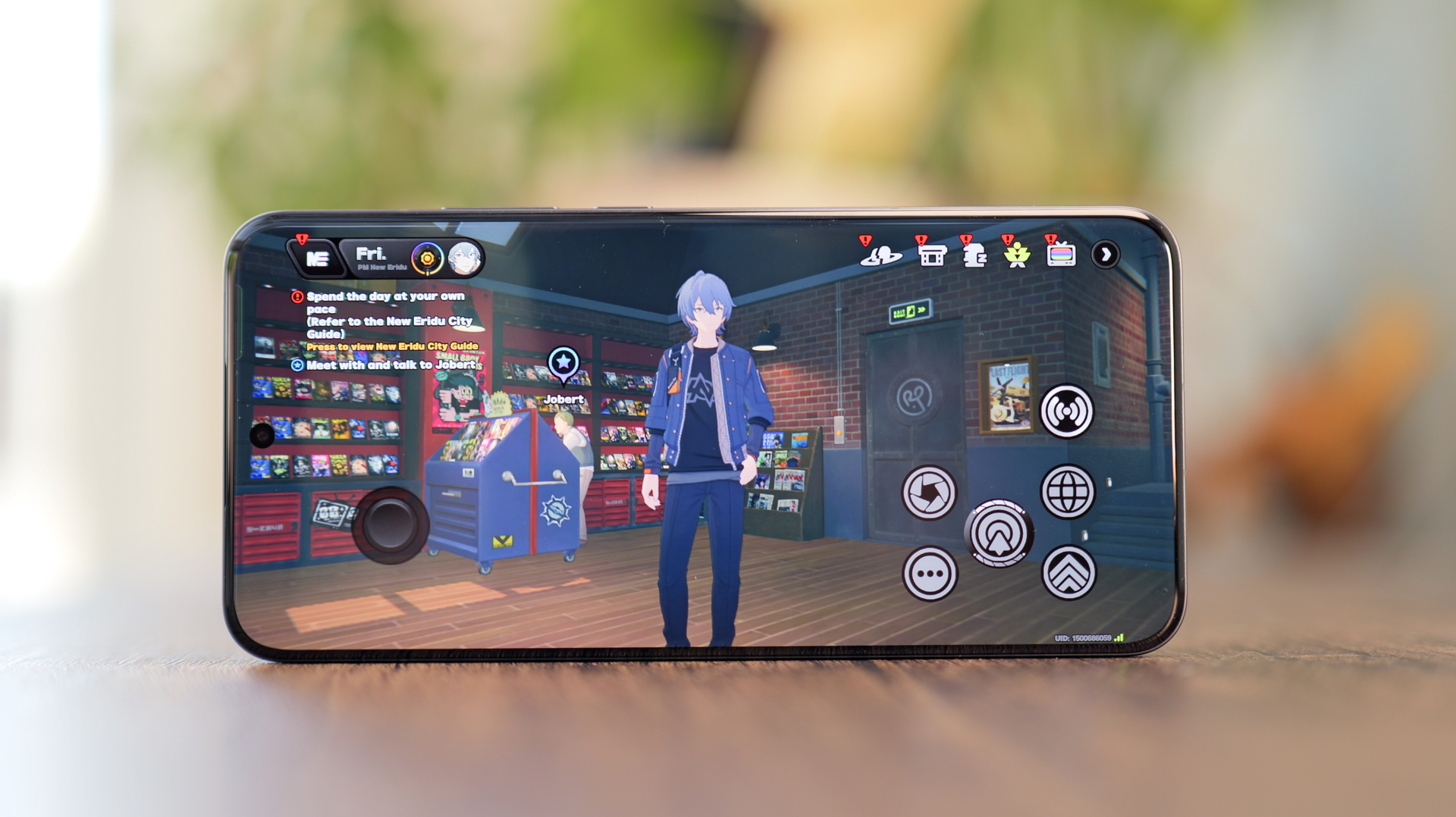
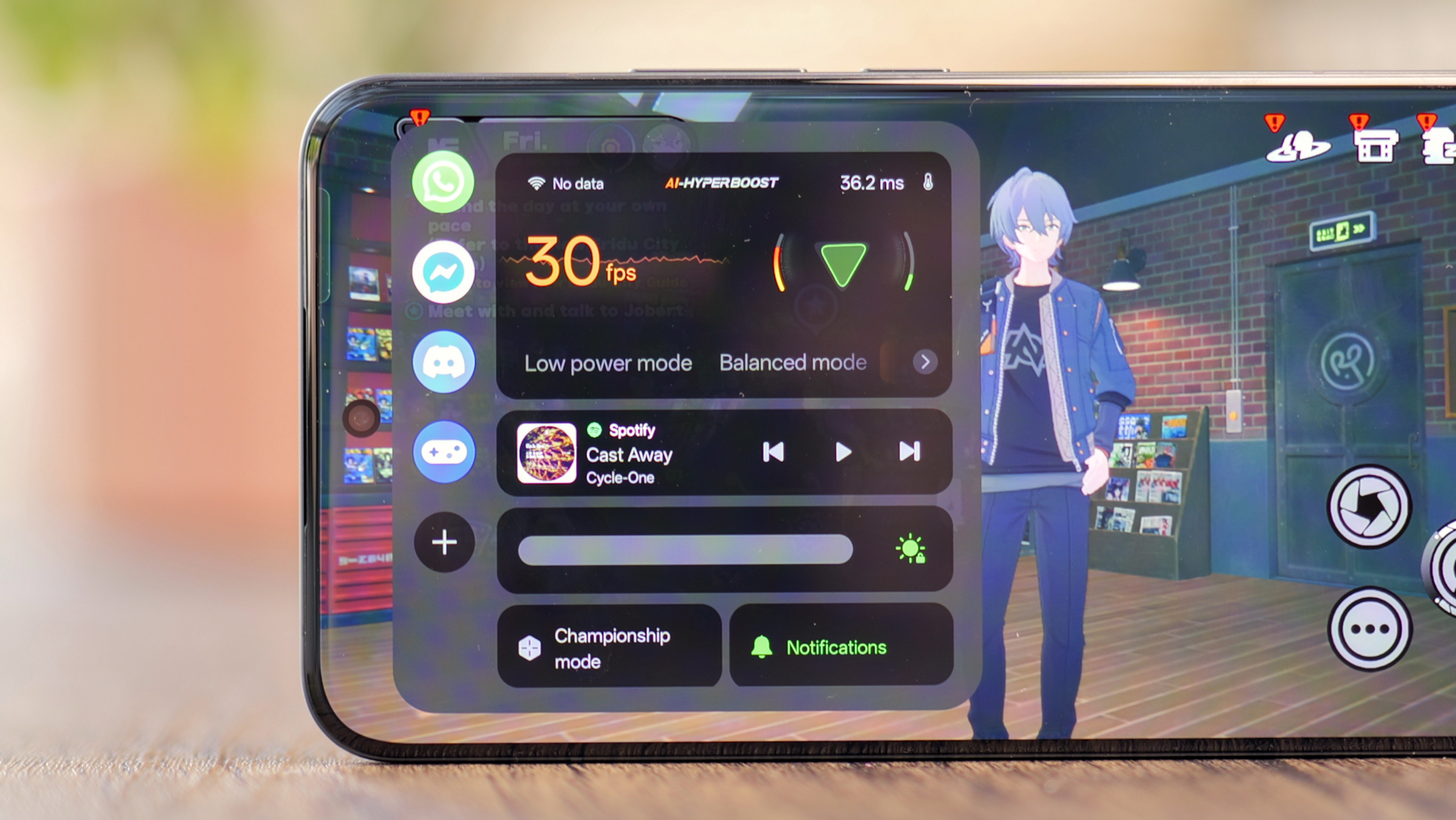
Outside of gaming, the experience is as smooth as can be. The phone runs ColorOS 15, the same software as Oppo's flagship Find X8 Pro, and honestly, they feel almost exactly the same outside of games. That means it's lightning quick, and the phone has no trouble with photo editing, streaming content and browsing the web.
ColorOS wasn't always my favourite Android skin, but it has come a long way in recent years, and it's definitely one of my preferred options now. If you've used a recent device from OnePlus or Realme, you'll know what to expect, as each brand's variation looks and acts quite similarly.
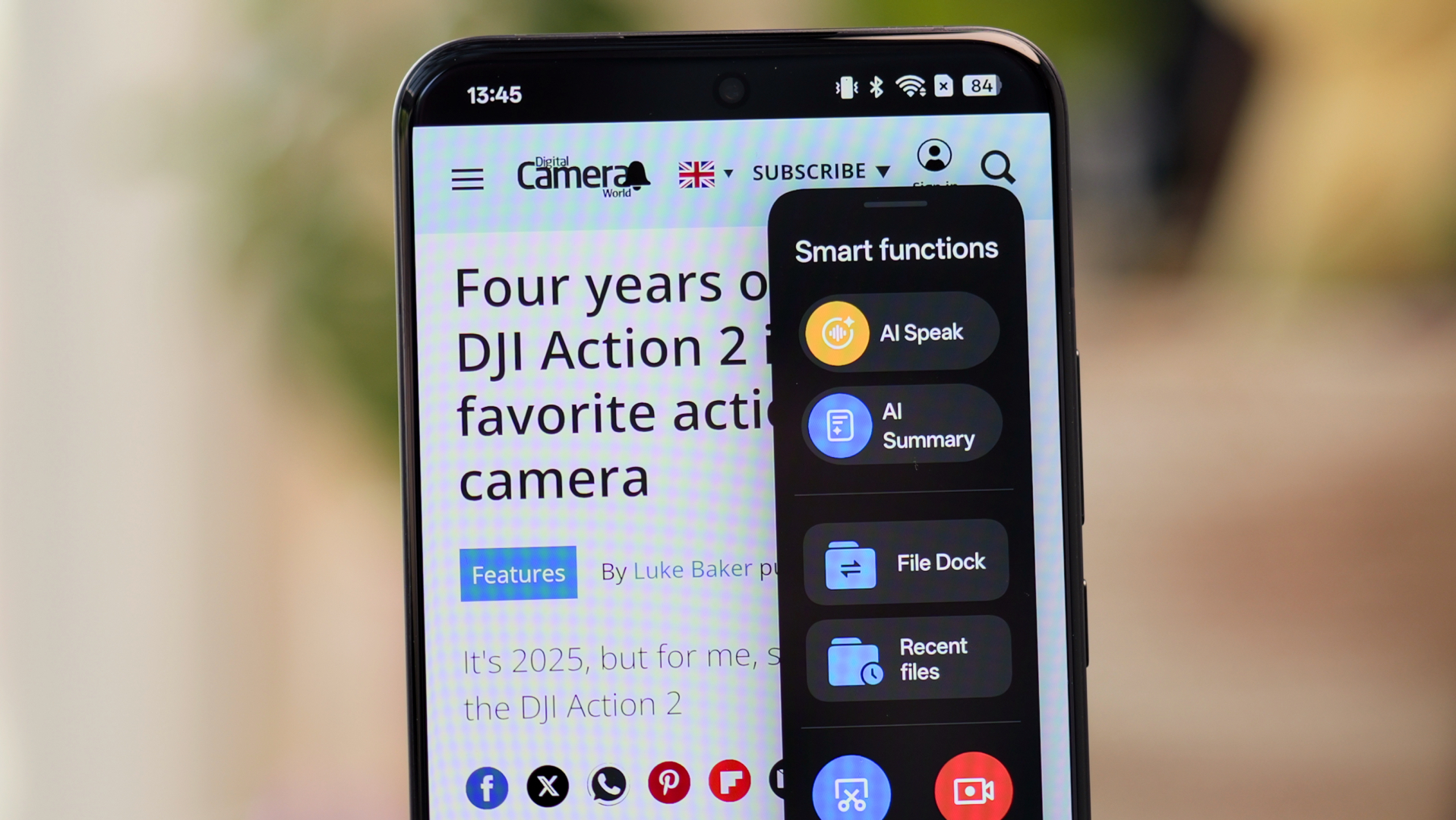
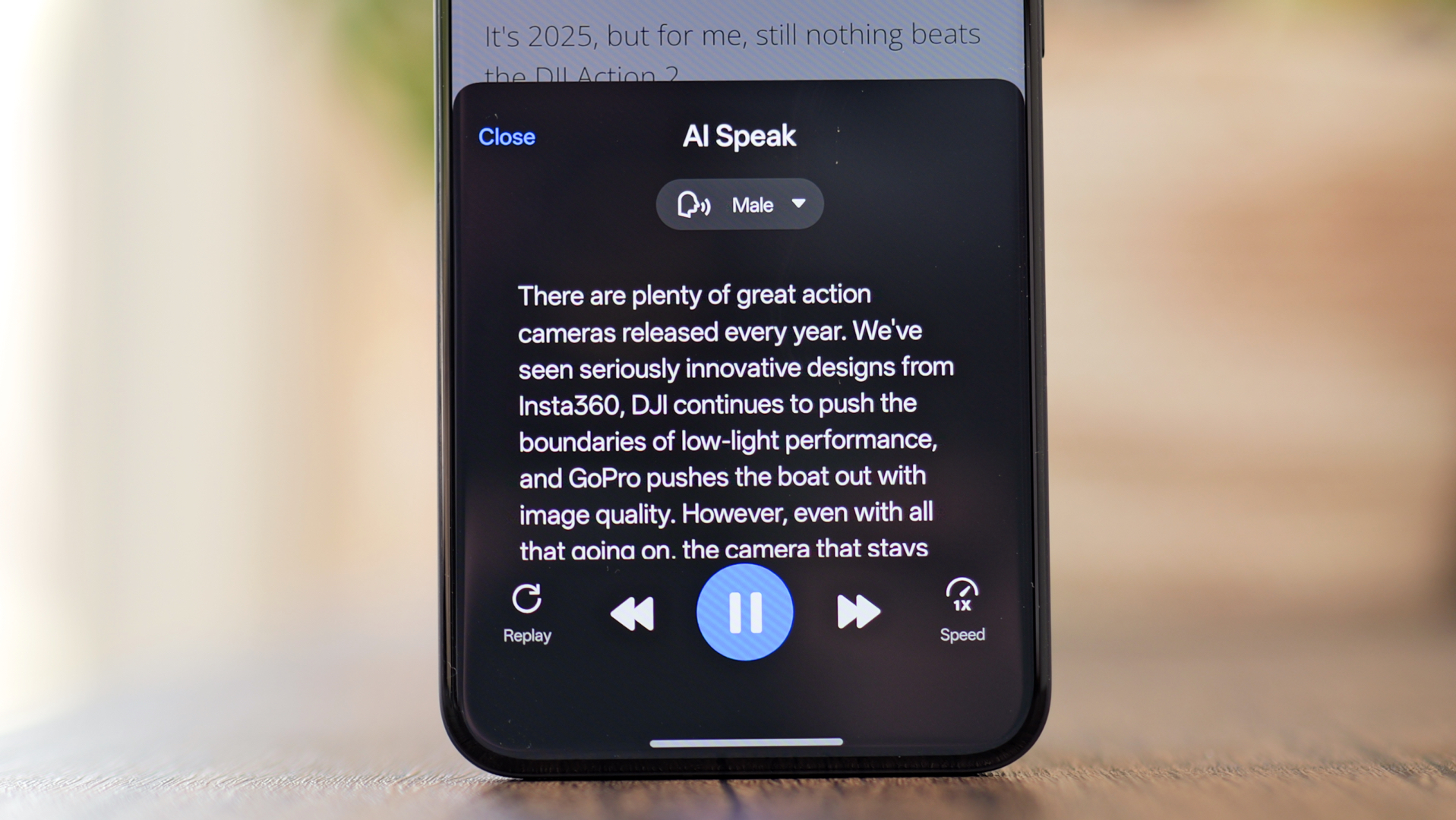
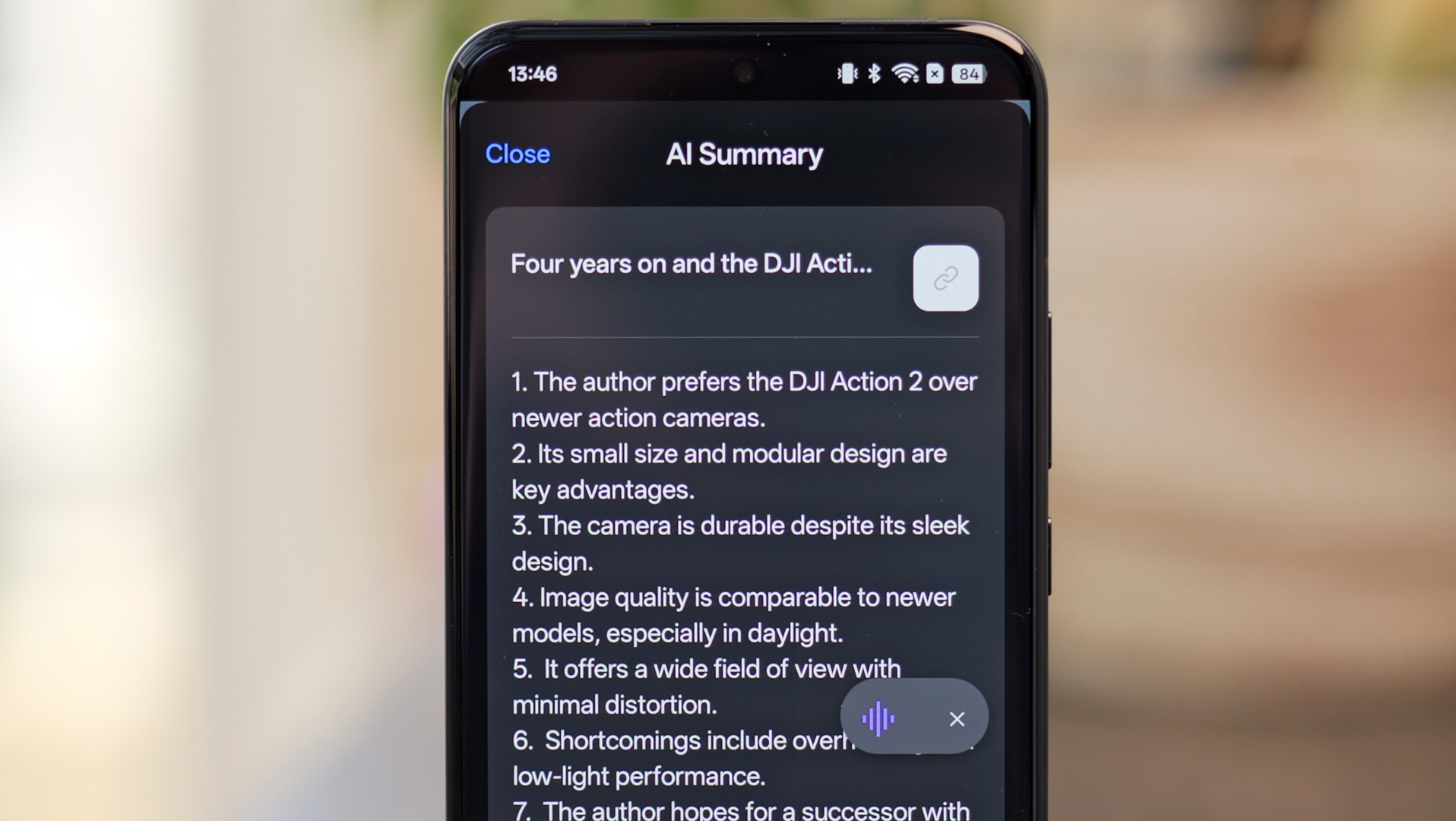
The best part is how well optimised it is, everything feels super snappy and responsive, but there are some genuinely useful additions that you won't find from competing brands. My personal favourite is the phone's ability to take a webpage and read it aloud in a natural-sounding voice. It's great if you're halfway through an article but need to run an errand, as you can start listening to it instead. It's not perfect, it'll sometimes read out things like menus, but it's incredibly handy.
As for what's new, the highlight is a series of AI-powered image editing tools. They're similar to the features we've seen from other brands, but they're still rare on mid-rangers like this. The list includes some very useful things like a clarity enhancer, AI unblur and reflection removal, as well as some more quirky things like AI reimage - a tool that uses generative AI to turn your pictures into cartoons or paintings.
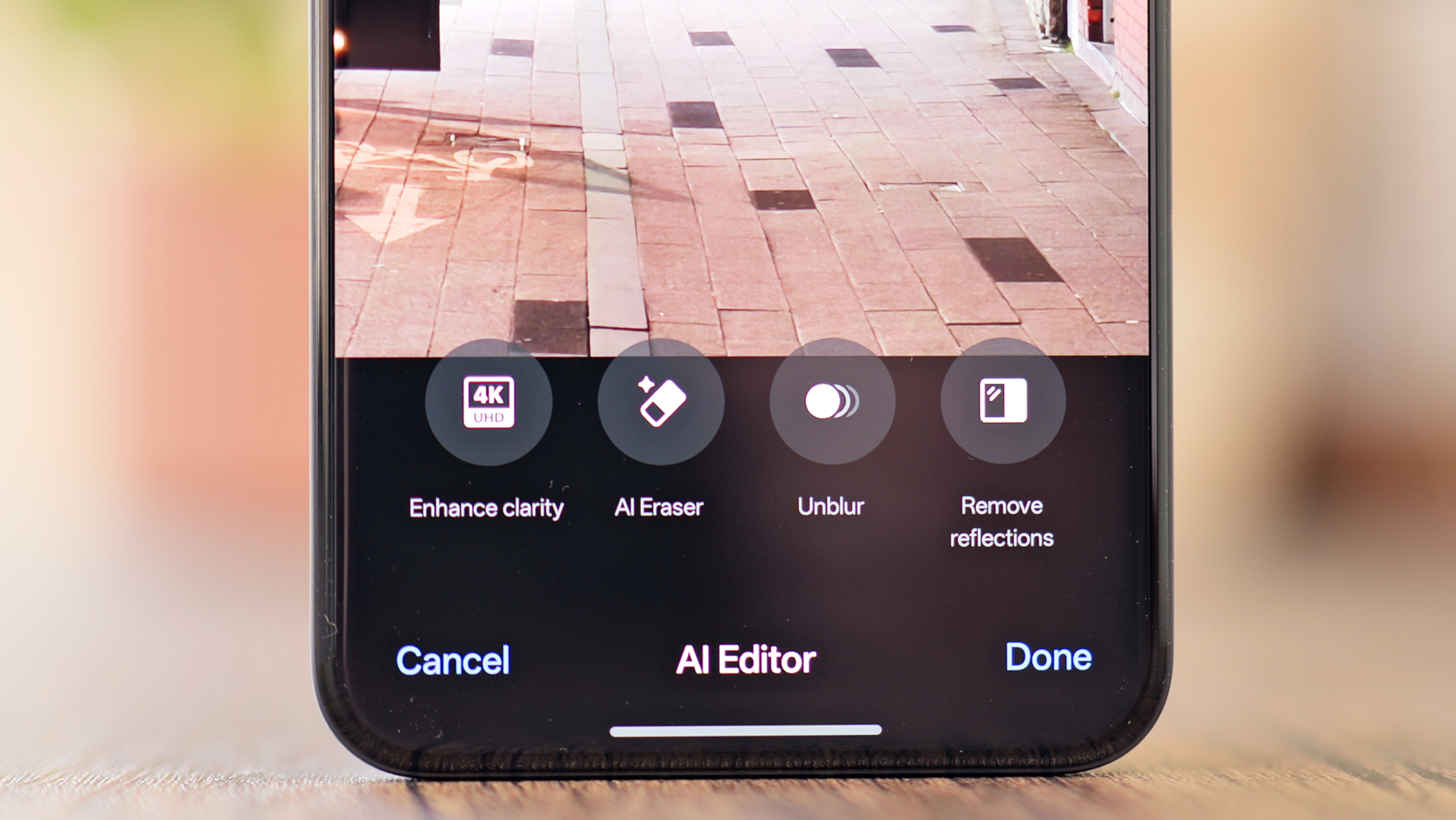
The latter isn't really for me, but I was impressed with the others. As usual, it's the object remover that I found myself using the most, and it's one of the better implementations. The reflection removal is a cut above many of the others that I've tried, too. It's worth noting that these are processed in the cloud, though, so you'll need an active internet connection to use them.
The battery life has been fantastic throughout my testing, and depending on how you use your phone, you might find you can go for two days on a charge. In any case, this large 5800 mAh cell is never going to run out before the day is done. It charges quickly too, supporting up to 80W with the right wall adapter - but you don't get one in the box.
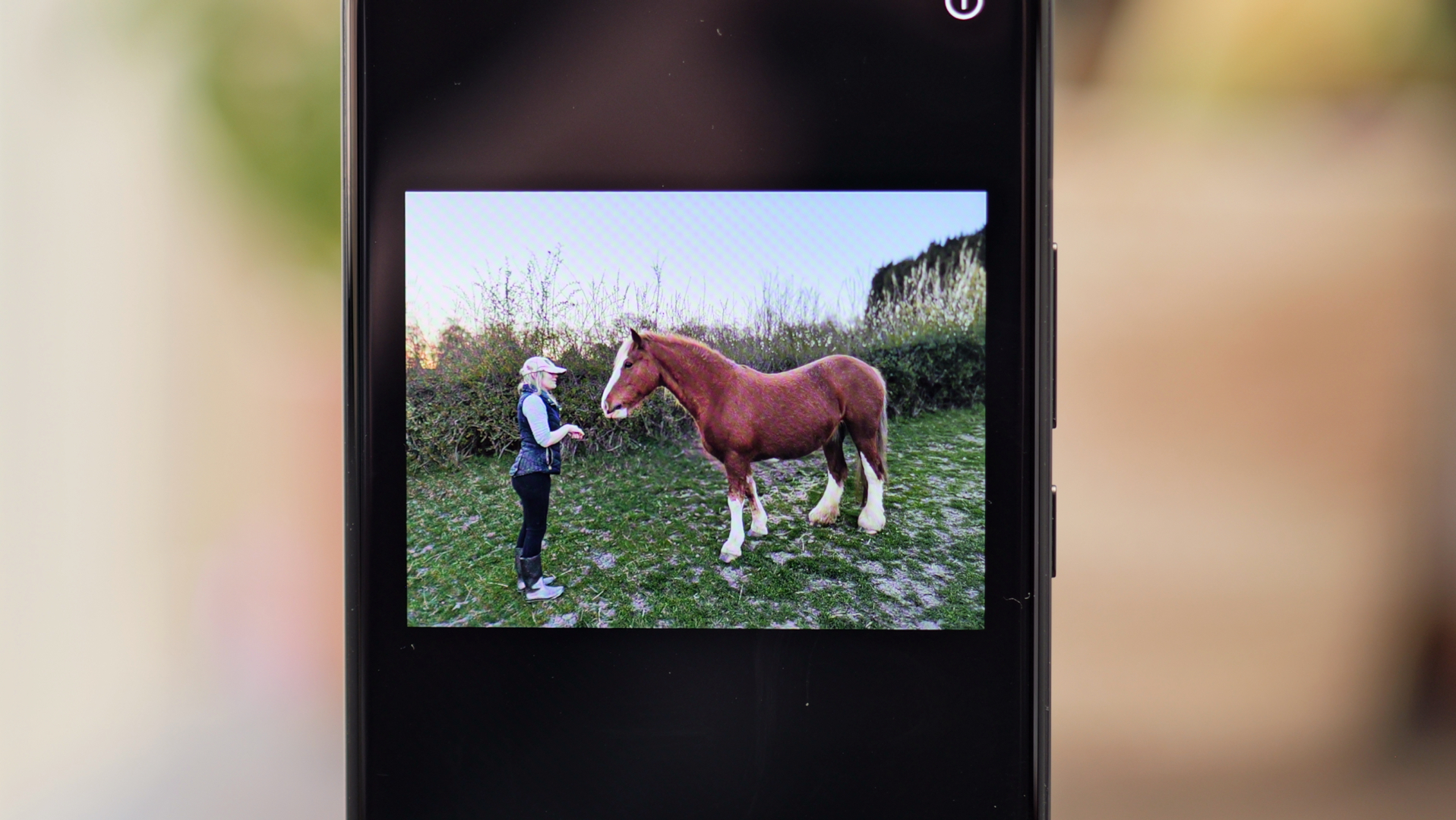
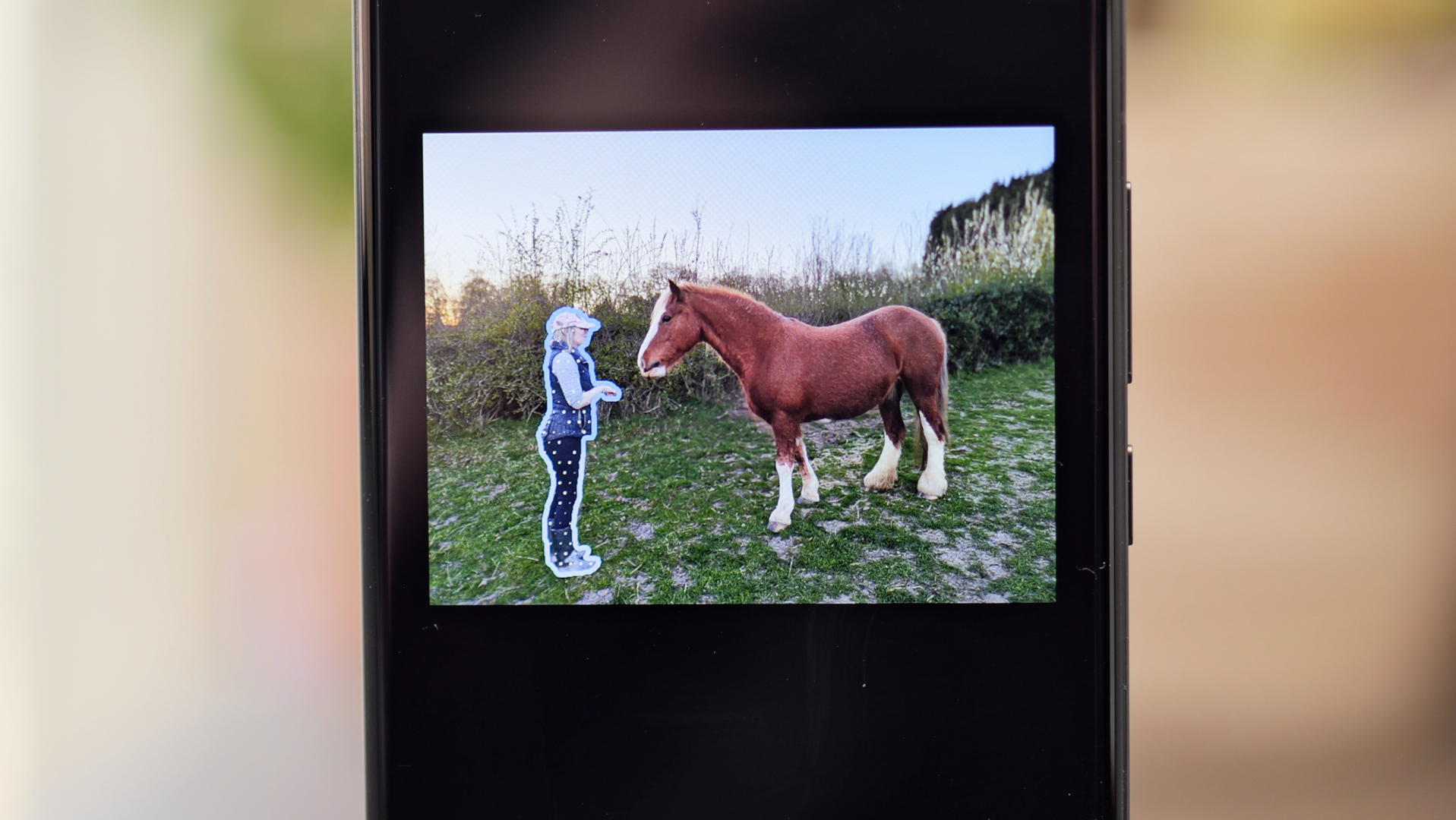
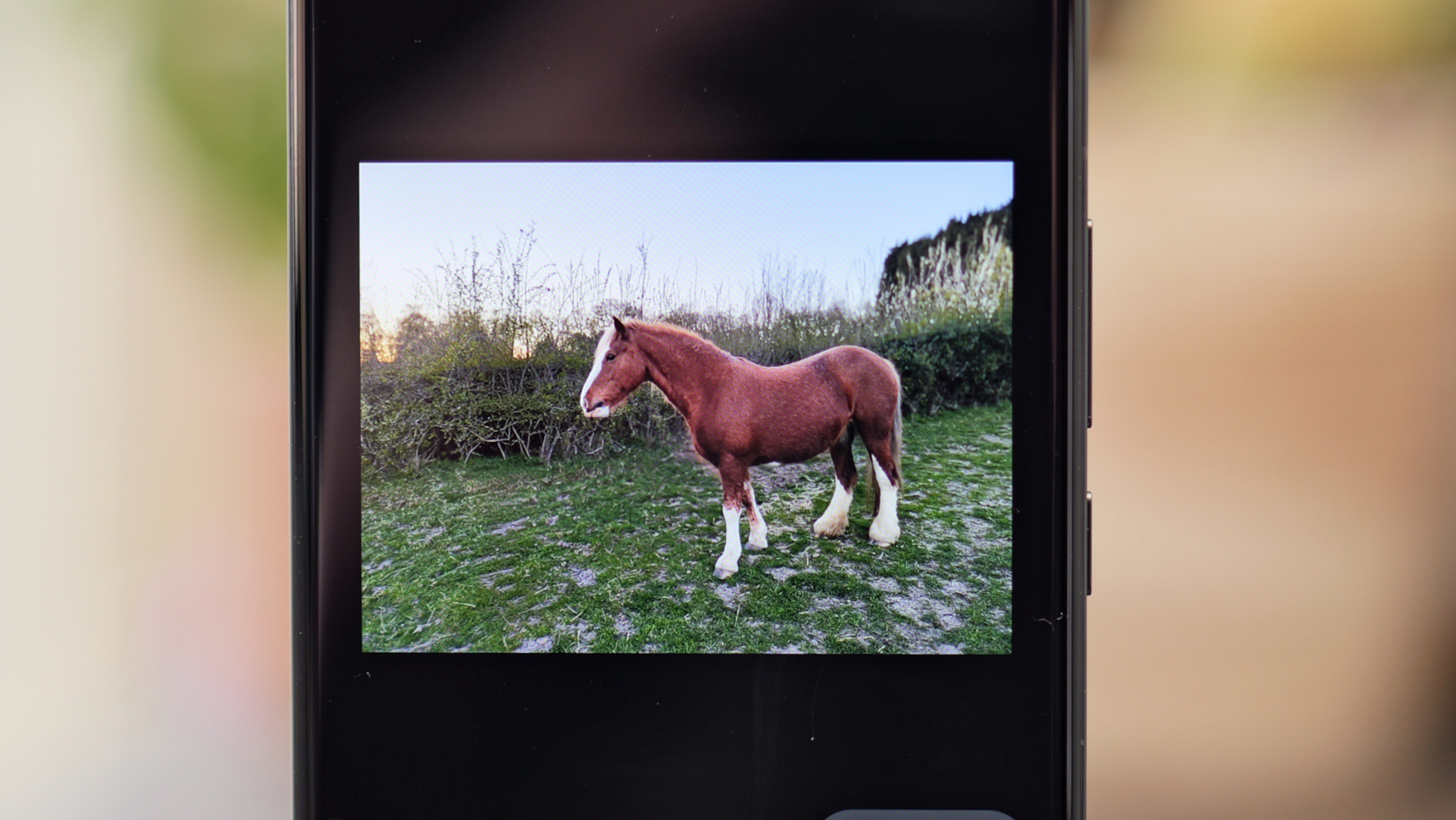
Oppo Reno 13 Pro: Verdict
When I first learned about the price hike on the Reno 13 Pro, I'll admit, I was nervous. The Reno 12 Pro's main selling point was its robust suite of AI tools at an affordable price point, and with a higher price, the expectations are higher, too.
However, it didn't take long for me to see how the Reno 13 Pro has risen to the occasion. It looks and feels more like a flagship than ever before, and my main gripe with the older model, which was its lack of processing power, has been addressed handily with the Dimensity 8350. It feels like a different class of device, and that's good, because it's priced like one too.
The cameras have seen serious upgrades as well. The biggest win, in my book, is the new main camera with a significantly larger sensor, but the new 3.5x telephoto also greatly enhances the zooming capabilities. It's just a shame it can't do macro shots.
Combined with great battery life, speedy charging and excellent software, this is a very compelling overall package. The problem, as always, is the competition. There are a lot of great phones at this price point, and as good as the Oppo Reno 13 Pro is, it may struggle to stand out.







